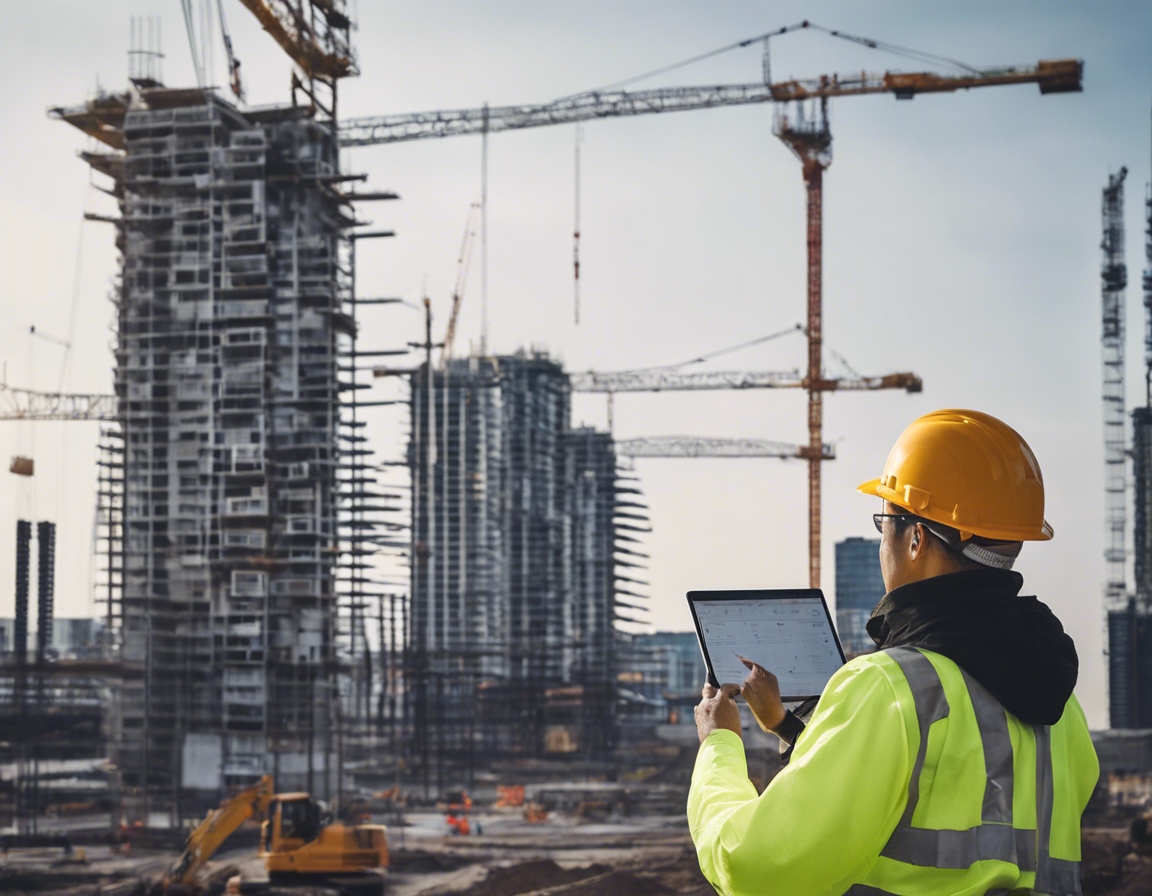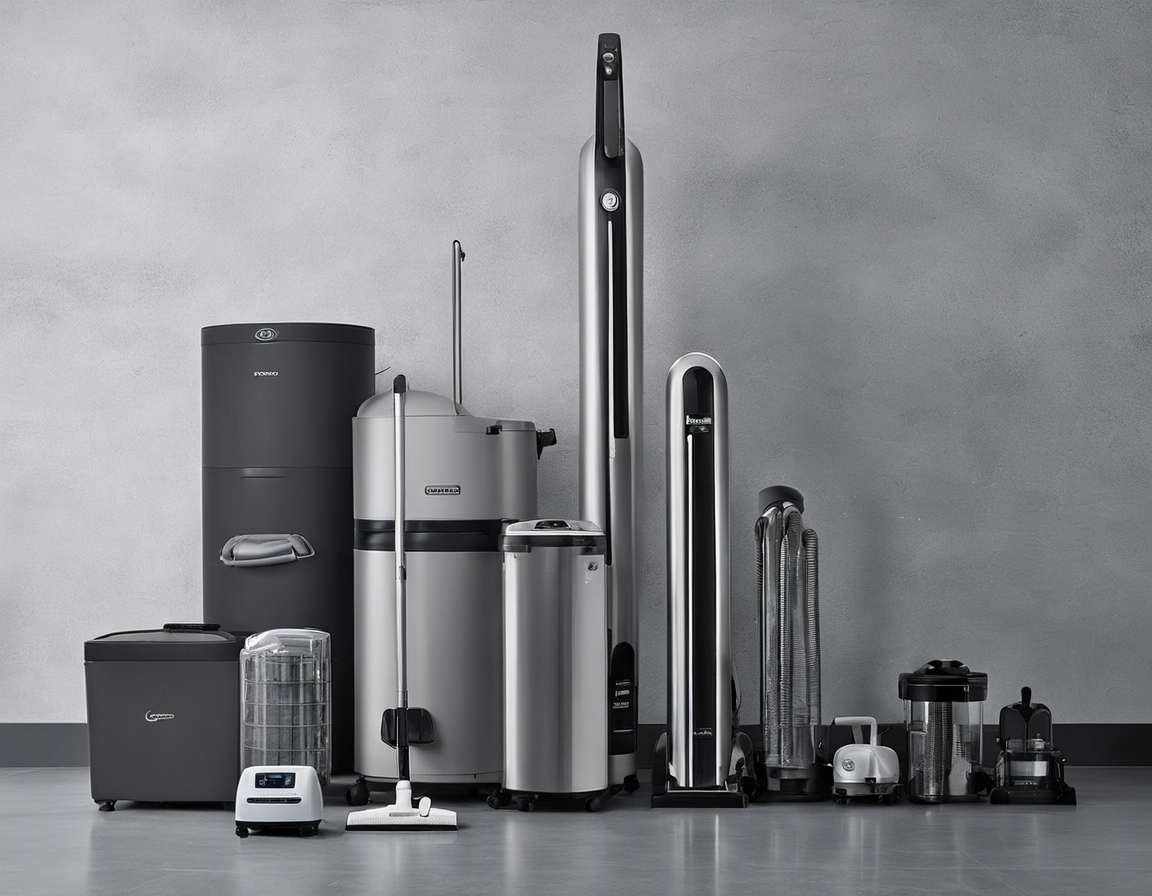Maximizing comfort with energy-efficient heating
Energy efficiency in heating systems is measured by how effectively they convert energy into heat while minimizing losses. A high-efficiency heating system uses less energy to produce the same amount of heat compared to traditional systems, leading to lower utility bills and reduced environmental impact.
With rising energy costs and growing environmental concerns, energy-efficient heating is not just a luxury but a necessity. It ensures a comfortable living and working environment while also contributing to sustainability goals and reducing carbon footprints.
Types of Energy-Efficient Heating Systems
Heat pumps are versatile systems that provide both heating and cooling. They transfer heat from the outside air, ground, or water into a building, and are known for their high efficiency, especially in moderate climates.
Solar heating harnesses the power of the sun to generate heat, reducing reliance on traditional energy sources. This can include passive solar design or active solar thermal systems.
Geothermal systems use the stable temperature of the earth to heat and cool buildings. They require significant upfront investment but offer low operating costs and long-term savings.
Modern boilers and furnaces have improved designs and controls that significantly increase their efficiency. Look for ENERGY STAR-rated models for the best performance.
Hydronic systems circulate hot water through pipes to radiators or underfloor heating. They offer even heat distribution and can be powered by various energy-efficient sources.
Key Factors in Choosing an Energy-Efficient Heating System
The local climate and geography can greatly influence the effectiveness of a heating system. It's important to choose a system that is well-suited to the specific conditions of the area.
Proper insulation and airtight construction are crucial for maximizing the efficiency of any heating system. They reduce heat loss and the overall energy demand.
Selecting the right size and capacity for a heating system is essential to ensure efficient operation and avoid energy waste.
While energy-efficient systems may have higher initial costs, they often qualify for rebates, tax credits, and other incentives that can offset the investment over time.
Integrating Smart Technology for Enhanced Efficiency
Smart thermostats allow for precise temperature control and can learn user habits to optimize heating schedules, leading to further energy savings.
Zone heating systems provide the ability to heat only the areas that are in use, reducing energy consumption and enhancing comfort.
Advanced energy management systems can monitor and control heating operations, providing insights into usage patterns and opportunities for efficiency improvements.
Maintenance Tips for Energy-Efficient Heating Systems
Regular maintenance is key to keeping a heating system running efficiently. This includes annual inspections and servicing by qualified professionals.
Replacing filters and cleaning system components can prevent blockages and maintain airflow, which is essential for efficient operation.
Upgrading to newer, more efficient components or retrofitting existing systems can significantly improve their performance and energy efficiency.








Comments (0)